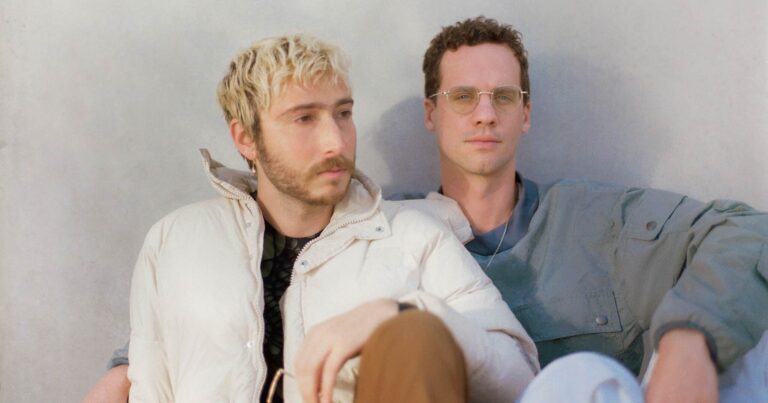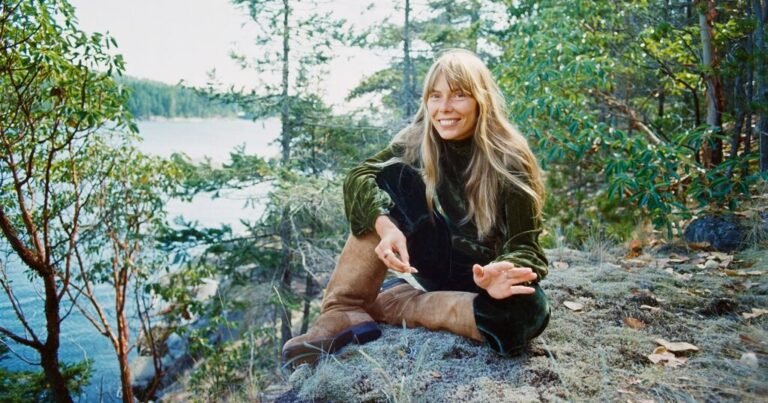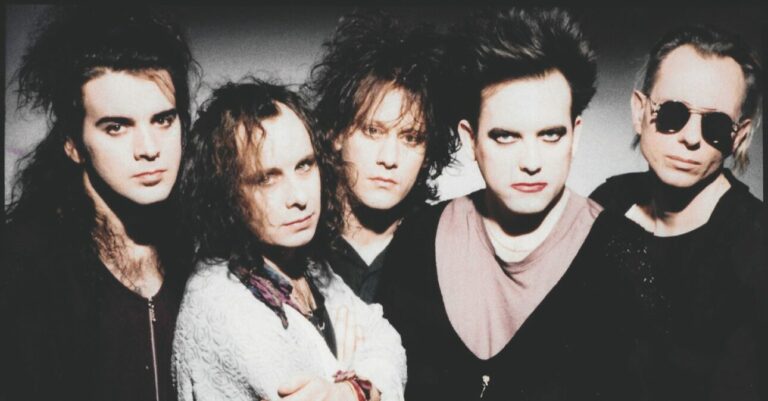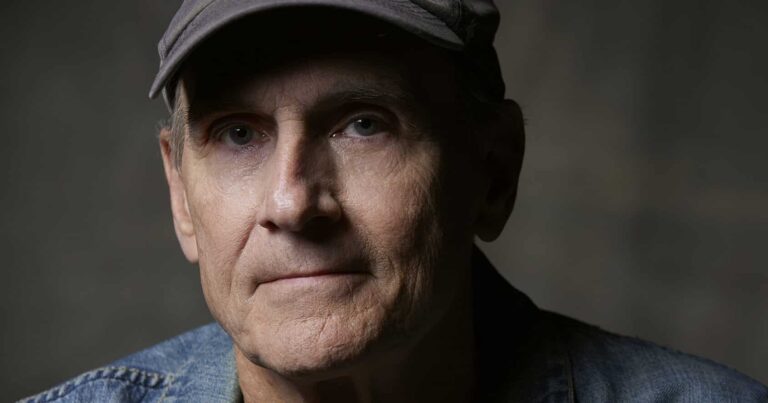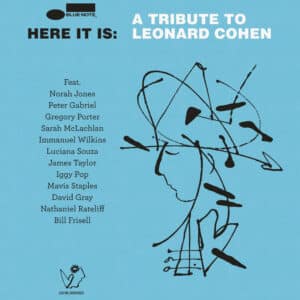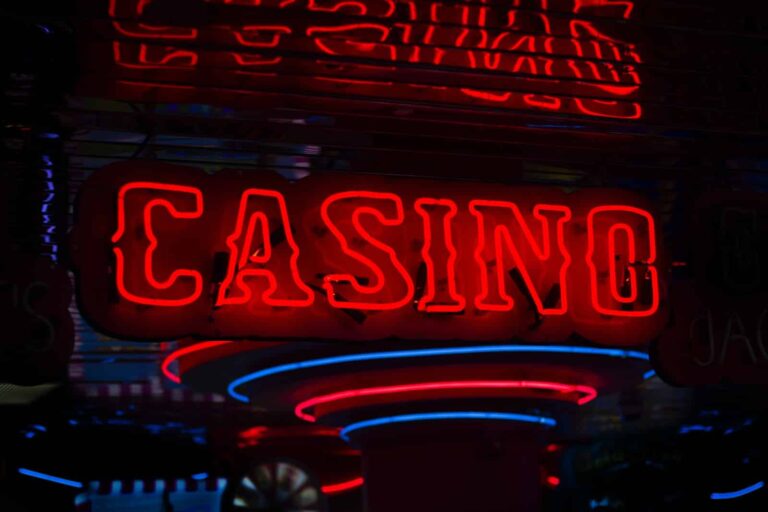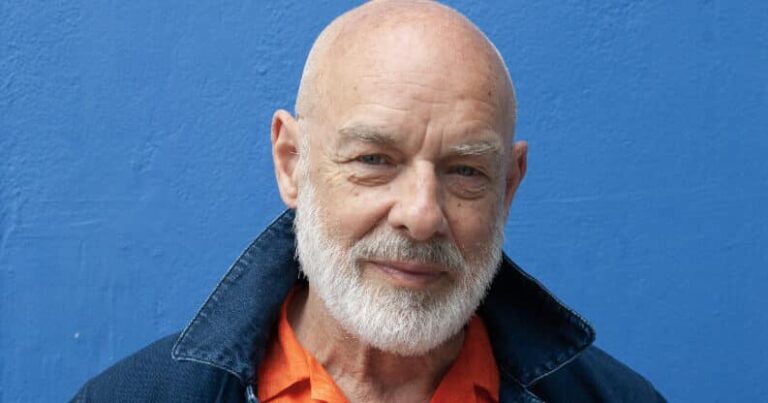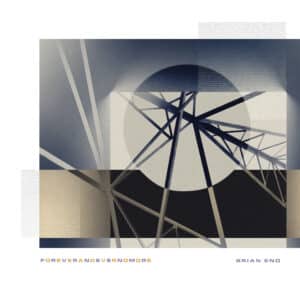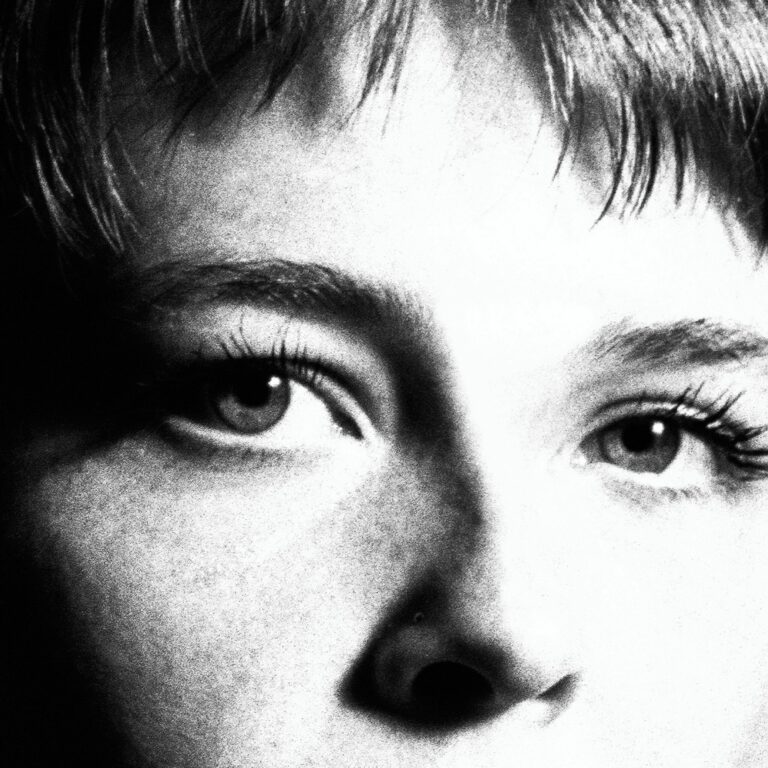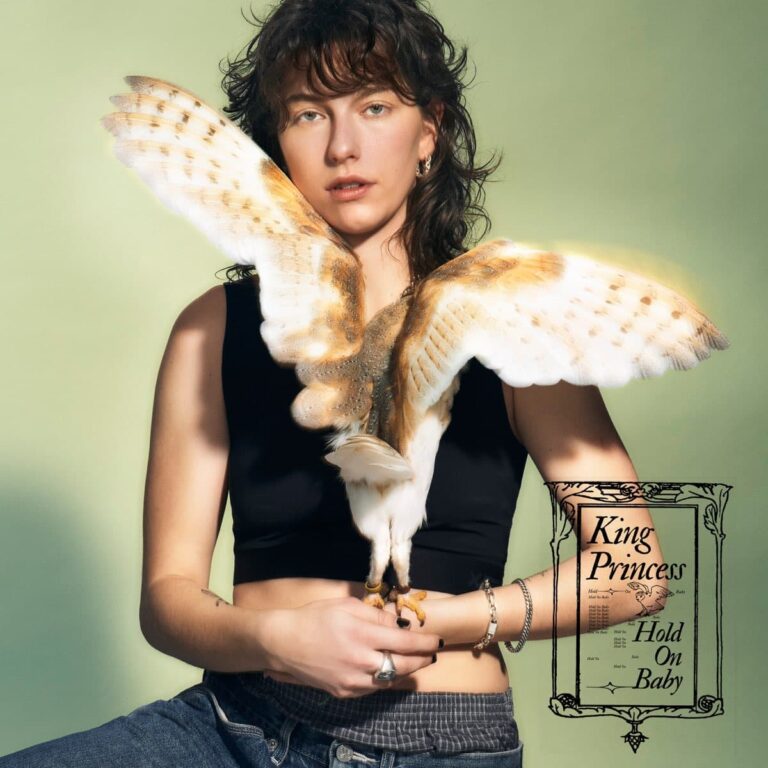Have you ever watched fashion shows or movies? Fashion is living in our life, if you want to know more about fashion, check this article.
The global fashion industry is constantly growing and changing. To stay ahead of the competition, fashion designers and businesses need to be able to communicate in English. It’s different from general English because it includes terms and expressions specific to the fashion world. If you want to work in the fashion industry, or if you want to be able to understand what your favorite designers are saying, learning Fashion English is a must.
Want to learn more about fashion language? With AmazingTalker, you can connect with one-on-one English Tutors that can help you improve your English skills. You can also find tutors like Spanish Tutors!
Fashion Vocabulary Terms List
Accessories
Accessories are items used alongside an outfit or clothes; for instance, belts and suspenders, veils, eyewear, footwear, gloves, handbags, handkerchiefs, headwear, jewelry, legwear, neckwear, shawls or wraps, umbrellas, and watches.
Neckwear
Neckwear is any clothing worn around the neck and features for fashion, combat, or defense from the weather. Common neckwear today includes bow ties, neckties (cravaté), scarves, shawls, and feather boas.
Boutonnieres
A Boutonnieres is a floral decoration, typically a single flower or bud, worn on the lapel of a tuxedo or suit jacket. It is customary to wear a boutonniere on a lapel buttonhole (on the left, the same side as a pocket handkerchief). Another stem is fixed to the loop at the back of the lapel.
Achromatic colors
Achromatic colors fall along the spectrum of black and white, allegorically speaking, all the gray shades in between. Wearing achromatic color combinations creates a classy, professional look with a touch of elegance.
Androgynous style
Androgyny in fashion refers to dressing in styles that make it hard to predict the gender of the individual. Gender-neutral fashion is also called Unisex fashion. A type of clothing that is not markedly male or female. Learn more about androgynous fashion here.
Antique style
Antique style can be defined as something old or outdated. However, antique style is often seen as a coveted look in the fashion world. Many people appreciate the elegance and beauty of clothing and accessories with an antique feel.
Art Nouveau
A model of visual arts direction, architecture, and economics, known as Art Nouveau, was created in different countries under different names. It was most popular in interior design, graphic design, furniture design, glass art, textiles, ceramics, jewelry, and metalwork.
Asymmetrical
Asymmetrical characterizes similarity, regularity, and uniformity. Asymmetry is the opposite of that. In clothing, an asymmetrical hemline is a hemline that is not straight. At times, it slopes up or down and other times as a diagonal slash down the body; sometimes pronounced, other times not noticeably asymmetrical.
Couture
For French designers, the couturier is a French term for male designers. The French female designer is also known as a couturier.
Furbelow
Furbelows were often used to conceal imperfections in the fabric or to add extra warmth. They became popular during a time when women were starting to wear more elaborate clothing. Furbelows helped to make these outfits more voluminous and dramatic.
Garment
The garment is an article of clothing, a covering for the body. It is the first and most crucial form of dress. A garment may be made of cloth, leather, or other material.
Kimono
A loose robe with wide sleeves traditionally worn with wide sashes serves as an outer garment by a Japanese person. In the past, kimonos were traditionally the most famous Japanese garment. Now they’re seldom worn as everyday clothing.
Silhouette
Silhouette defines the shape of the clothing or garment, and refers to the line of the garment. It is the first impression of the garment and is used to look at its overall shape before focusing on the fabric and detail. It helps to focus on specific body parts while other parts are hidden.
Beaumonde
People have always looked to fashion to help them stand out from the crowd through the clothes they wear or how they style their hair. And while there are many different styles to choose from, one of the most popular ones is called beaumonde.
Capsule wardrobe
A capsule wardrobe is a collection of complementary, interchangeable garments put together by paying attention to neutral colors. Often, these classic pieces do not go out of style and require only a few complimentary items to look great. Creating a capsule wardrobe will give you many options in terms of dressing.
Camouflage clothing
Camouflage clothing is a type of clothing that is designed to help the wearer blend in with the surrounding environment. This clothing is often used by military personnel, law enforcement officers, and hunters. The most common colors for camouflage clothing are green and brown, but other colors are available.
Core aesthetics
Core aesthetics refer to the fashion trend of centering one or two aspects of one’s style around a particular feature. Hundreds of style classifications fit into the category of core aesthetics, and they often derive from art, music, and culture.
Décolletage
A low neckline on a woman’s dress or top refers to the lower part of her torso; it refers to her dress or top’s neck, shoulders, back, and chest, which were exposed by her low neckline.
Eponymous fashion brand
An eponymous brand is created when an individual uses his favorite name to establish the company. This is quite common in the fashion business. Several fashion designers have used their names to create eponymous fashion brands. Kylie Jenner, Cindy Crawford, Anita Dongre, and Satya Paul are all examples of the namesake firm.
Prêt-à-porter
It means “Ready-to-wear. It is a brand industry term that refers to mass production of clothing and retail distribution wholesale rather than sewing and creating a design for one person.
Slacks
Slacks are a type of trouser typically less formal than suit trousers. They are made from a lighter-weight fabric. Slacks are often seen in neutral colors, such as black, navy, and beige.
Conclusion
In conclusion, fashion vocabulary words are important to know for anyone interested in fashion. The 20 terms listed should give you a good foundation to start with. Be sure to visit AmazingTalker to practice your English skills with native speakers anytime you want!
